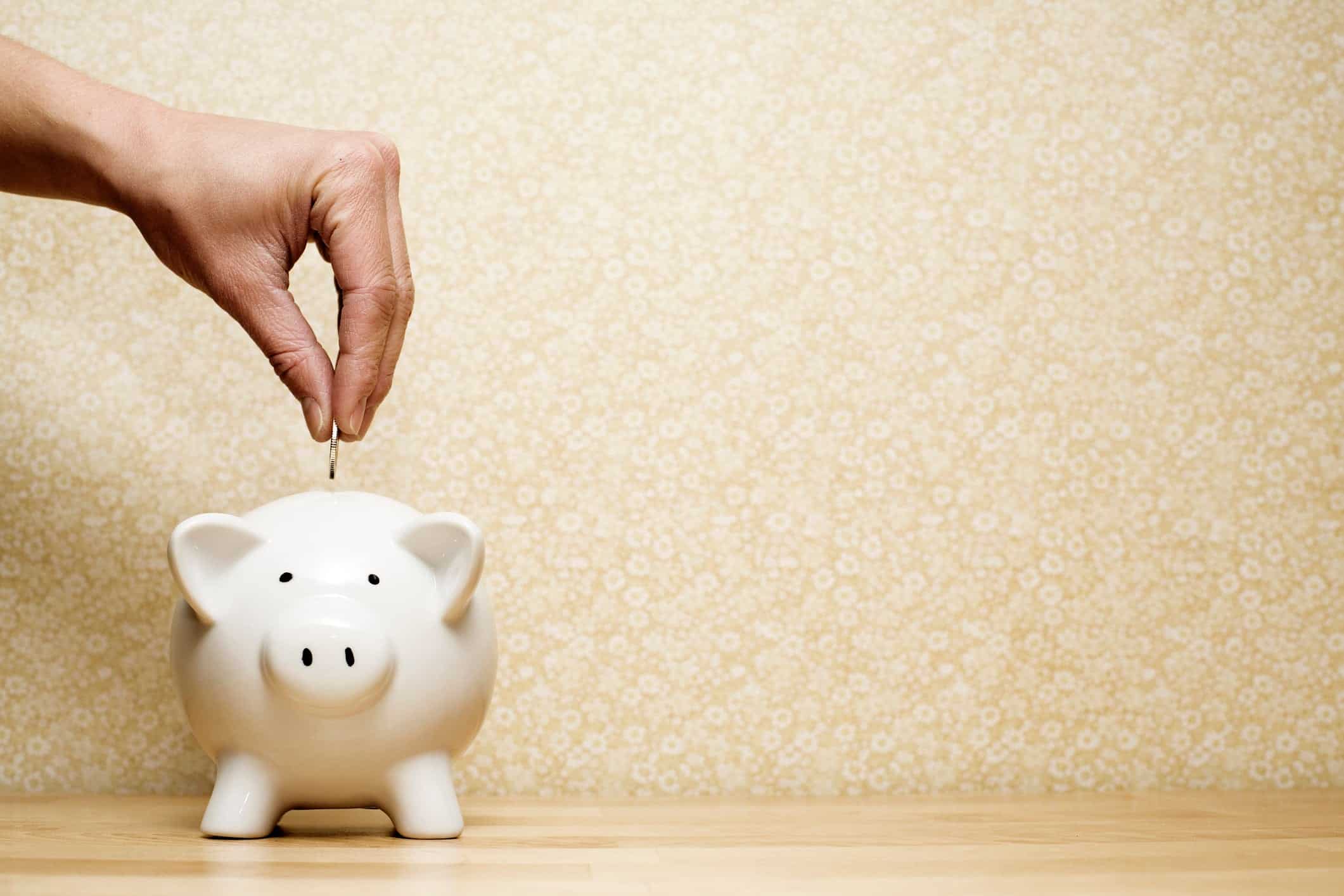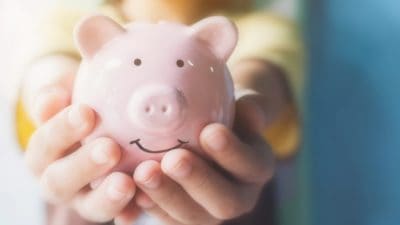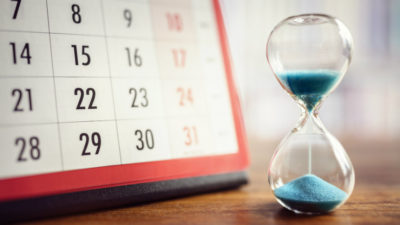Life is full of surprises. Unfortunately, those surprises are often costly.
Anyone who experienced the last year-and-a-half of lost jobs, COVID-induced market dips, and decade high inflation rates knows having an emergency fund isn’t just a suggestion. It’s a necessity.
While how much you ultimately set aside for emergencies is important, where you put that money is just as important. Let’s break down where Canadians should (and shouldn’t) stash their emergency cash.
The basics
First off, let’s establish what an emergency fund is. An emergency fund is an account of easily accessible savings that you use only for emergencies, such as losing your job, incurring a medical bill, or covering major damage to your home or car.
For our purposes, the keyword there is easily accessible. You don’t want this money wrapped up in investments or illiquid accounts, such as segregated funds or Guaranteed Investment Certificates (GIC). If you have an emergency, you want to be able to withdraw this cash in an instant.
At the same time, you don’t want to stuff this money under a mattress. You still want to take advantage of compound growth, even if the rate of return is lower than traditional investments.
On that note, let’s look at some accounts that allow you to withdraw money quickly, while also helping it grow.
1. High-interest savings account
A high-interest savings account (HISA) is probably the best place to keep your emergency fund. Though interest rates often change, some of the best HISAs range from 1% to 3%.
As you’re looking around for an HISA, pay close attention to the fees on the account. Check to see if your HISA has any annual or transfer fees. The best HISAs will offer no fees, no minimum deposits, and unlimited withdrawals.
That last one is important. Some HISAs restrict how much money you can withdraw a month. That pretty much defeats the purpose of an emergency fund. At the very least, make sure your HISA has unlimited withdrawals or a withdrawal limit that is larger than your emergency fund.
2. Savings account
The most plain-vanilla of our options, savings accounts, offer low interest rates, but easy access to money. You can open savings accounts at nearly every bank and financial institution in Canada. Unlike some HISAs, you don’t have to worry about paying fees or withdrawal limits.
3. TFSAs
Tax-Free Savings Accounts (TFSAs) are government-sponsored accounts that allow your contributions to grow tax-free. You contribute after-tax dollars (money you’ve already paid taxes on), and any earnings won’t be subject capital gains taxes.
Many TFSA providers allow you to open a HISA inside of your TFSA, giving you the best of both worlds, both tax-free earnings and high interest yield. Keep in mind: TFSAs have annual contribution limits (exceeding the limit will result in a penalty).
Where NOT to put an emergency fund
Basically, any account that limits your access to money is a bad emergency fund. Culprits include investments, segregated funds, and GICs. Again, with an emergency fund, you’re not trying to earn money. You’re trying to set aside a lump sum that will help you cover emergency expenses, which prevents you from depending on high-interest debt or dipping into your retirement accounts.
Got your emergency fund covered? Put your extra money here …








